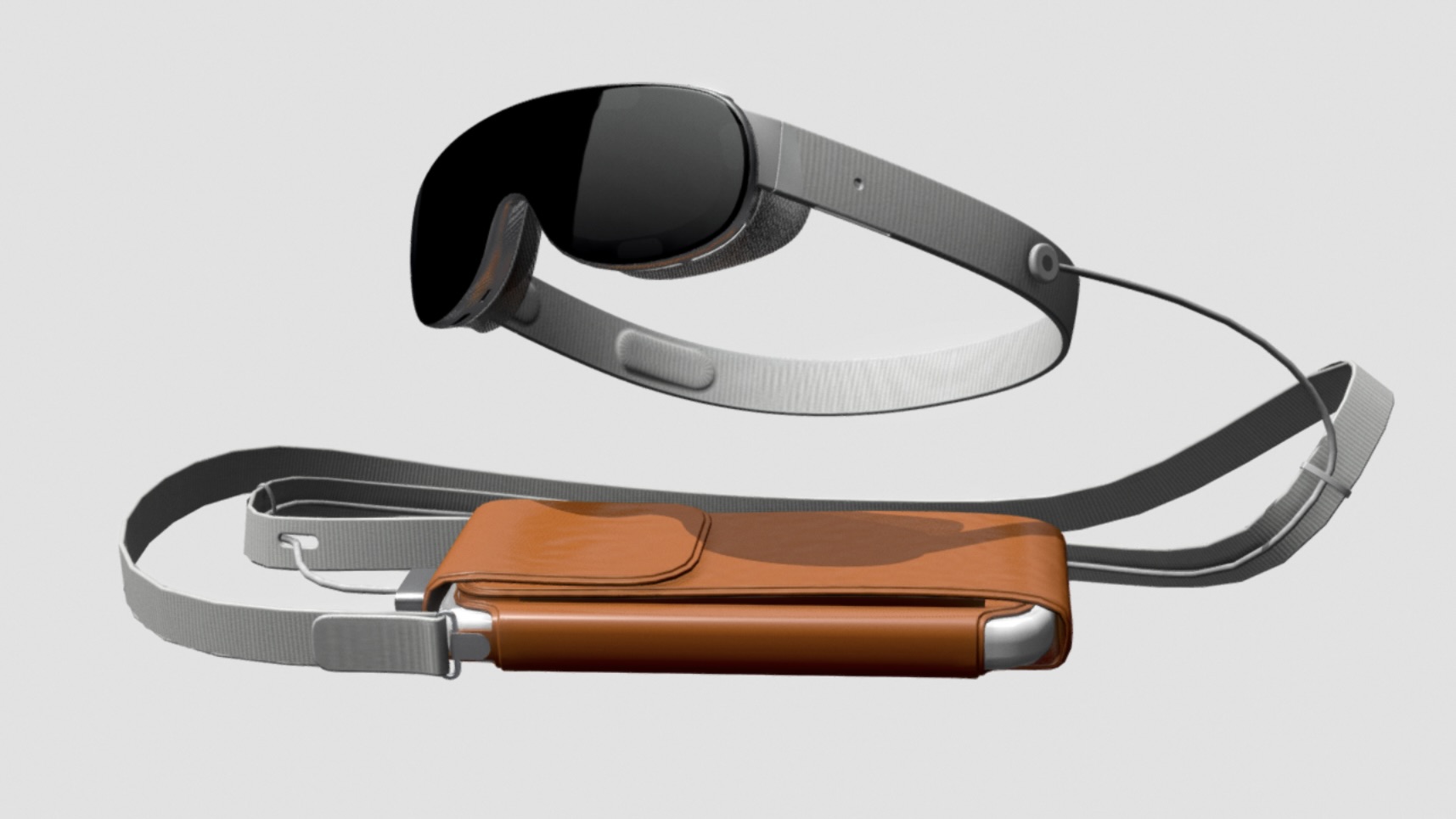Apple VR/AR headset price — here's why it's tipped to cost $3,000
Apple's first virtual and augmented reality headset could have a mass of powerful hardware

Apple’s VR/AR headset has been tipped to cost an eye-watering $3,000, which makes our picks for the best VR headsets look positively cheap in comparison. But such a high price tag is likely due to Apple’s headset being targeted towards developers, rather than consumer use.
Nevertheless, you might wonder what type of hardware the VR/AR headset will have in it given the likes of the PSVR 2 has some advanced virtual reality tech yet costs a little over $500. Well, analyst and Apple oracle Ming-Chi Kuo has written up some predictions on why Apple’s first VR/AR headset could be so expensive.
First off, Kuo claims the Apple VR/AR headset will have two chips in it. These will apparently be made by TSMC, so we can predict they will use Apple’s in-house design. Bloomberg’s Mark Gurman previously predicted that one chip will be similar to the M2 chip, while the other will be a less powerful silicon slice aimed at handling less demanding tasks so the M2 can bring all its power to bear.
Kuo also says that the Apple VR/AR headset will come with an assembly that’s “exclusive to Luxshare-ICT.” He also noted that the casing for the Apple VR/AR headset will come from Everwin Precision. We take that to hint at a headset chassis that’s notably different from other VR headsets. It’s been hinted that the Apple headset could resemble a pair of goggles, albeit more high-tech.
The analyst touts micro OLED displays for the Apple headset, which are apparently exclusive to Sony. We take that to mean a display like that of the PSVR 2, which impressed us a lot.
12 cameras from supplier Cowell are also touted by Kuo. This could mean that the Apple VR/AR headset comes with advanced tracking for both inside and outside the headset. In comparison, the PSVR 2 has four cameras for external tracking and one IR camera for eye-tracking.
Finally, Kuo claims Apple will use an external power supply from Goretek. This combined with the five other parts will be the “most expensive material costs,” according to the analyst. As such, these parts could be why the Apple VR/AR headset is tipped to have such a high price tag.
Sign up to get the BEST of Tom's Guide direct to your inbox.
Get instant access to breaking news, the hottest reviews, great deals and helpful tips.
Apple’s first step into dedicated VR/AR
Unless you’re an ambitious developer or very aggressive early adopter, the Apple VR/AR headset likely won’t be for you. Rather it’ll likely be a developer testbed to probe the potential for Apple to really push into what’s often referred to as ‘mixed reality.’
“The headset device will soon become the most important new investment trend in the consumer electronics sector if Apple’s AR/MR headset announcement is better than expected,” explains Kuo.
So if Apple does find a strong footing in the growing niche that is VR and AR, then we could then see more products that embrace mixed reality but are more keenly priced for consumer use. The so-called Apple Glasses could be one of those. But a second Apple headset that's more affordable is tipped to arrive first.
If Apple does indeed reveal the VR/AR headset at WWDC 2023, it’ll not only be an exciting new product from Cupertino but could also give us a hint at what the next frontier for virtual and augmented reality could be on both the hardware and software side. The only caveat is we’d not expect to see a consumer-grade headset from Apple before 2024 if not later.
More from Tom's Guide
Roland Moore-Colyer a Managing Editor at Tom’s Guide with a focus on news, features and opinion articles. He often writes about gaming, phones, laptops and other bits of hardware; he’s also got an interest in cars. When not at his desk Roland can be found wandering around London, often with a look of curiosity on his face.

